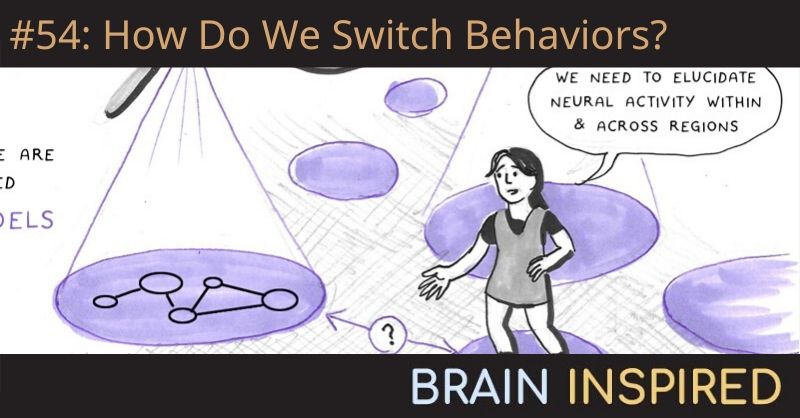

Kanaka and I discuss a few different ways she uses recurrent neural networks to understand how brains give rise to behaviors. We talk about her work showing how neural circuits transition from active to passive coping behavior in zebrafish, and how RNNs could be used to understand how we switch tasks in general and how we multi-task. Plus the usual fun speculation, advice, and more.

When a waiter hands me the bill, how do I know whether to pay it myself or let my date pay? On this episode,...

Check out my free video series about what's missing in AI and Neuroscience Support the show to get full episodes and join the Discord...

Support the show to get full episodes and join the Discord community. Eve discusses many of the lessons she has learned studying a small...